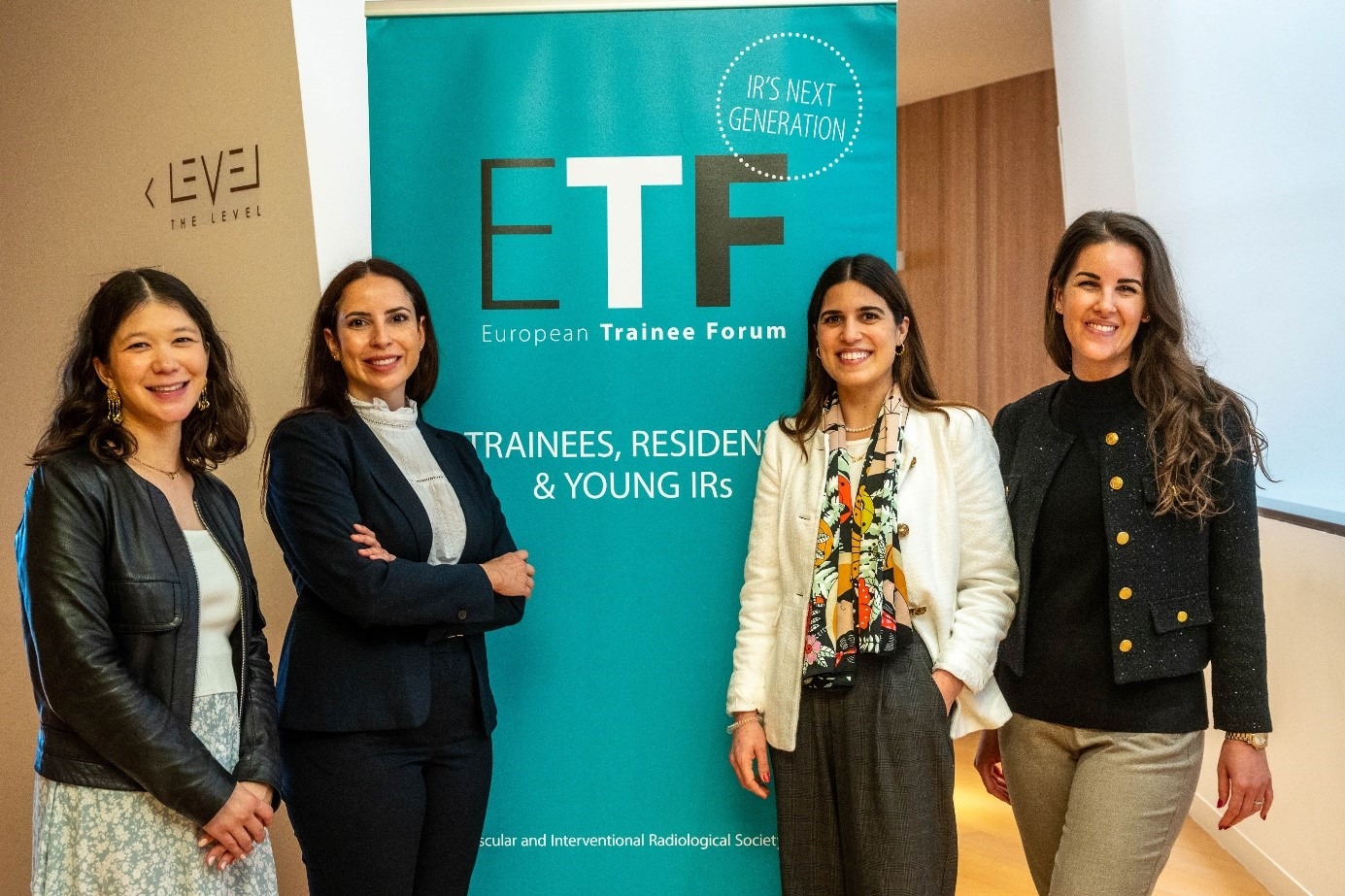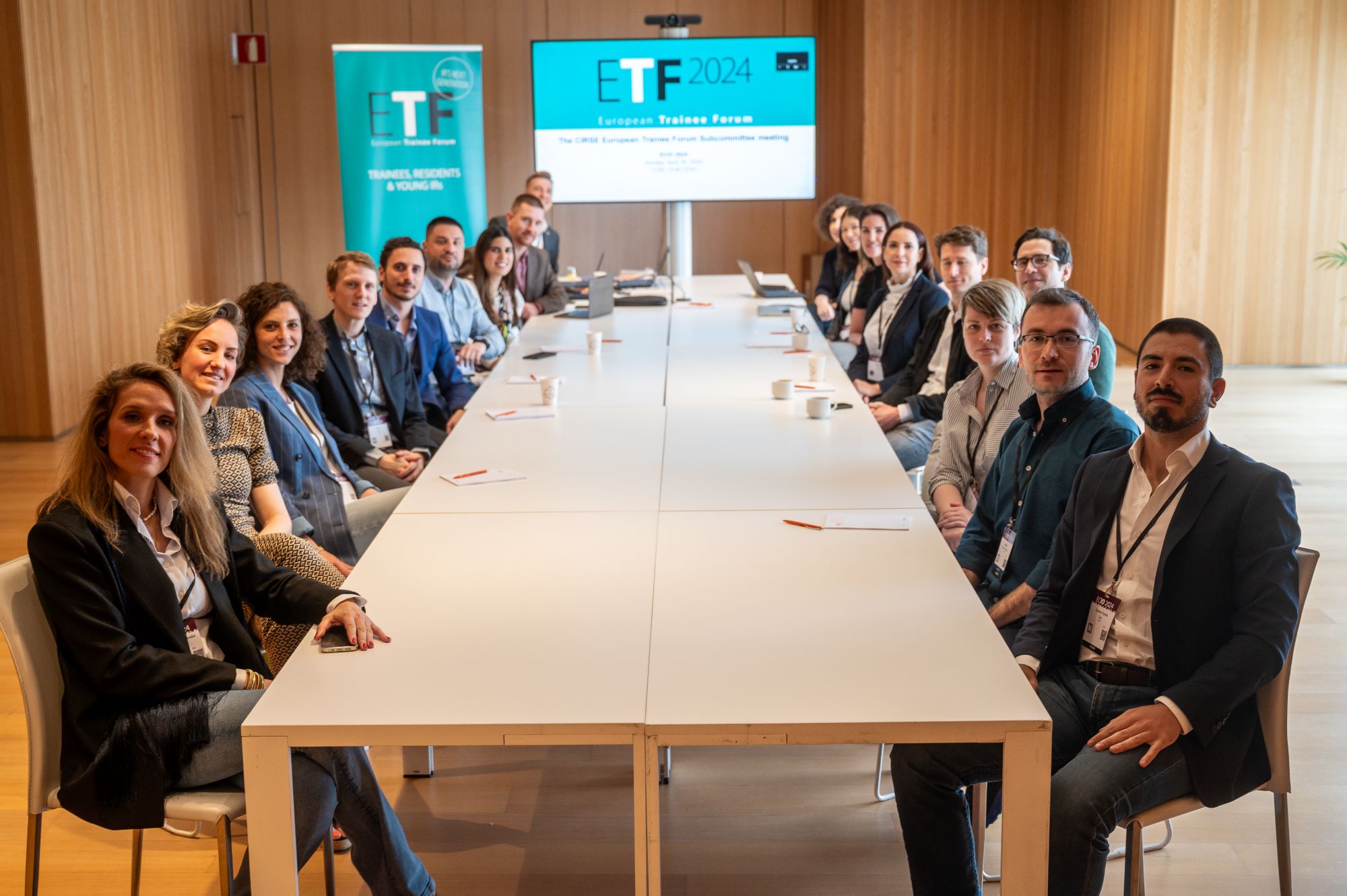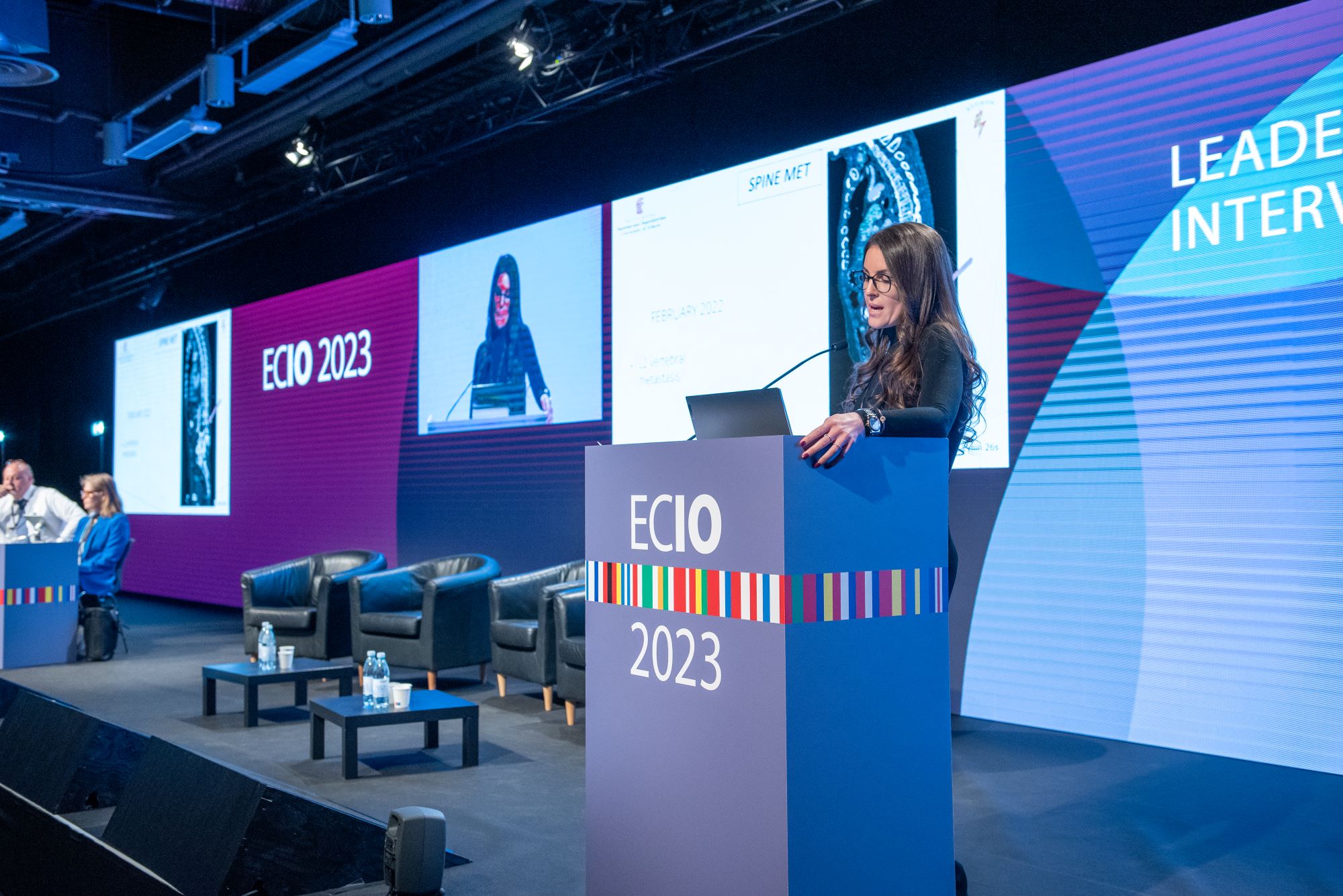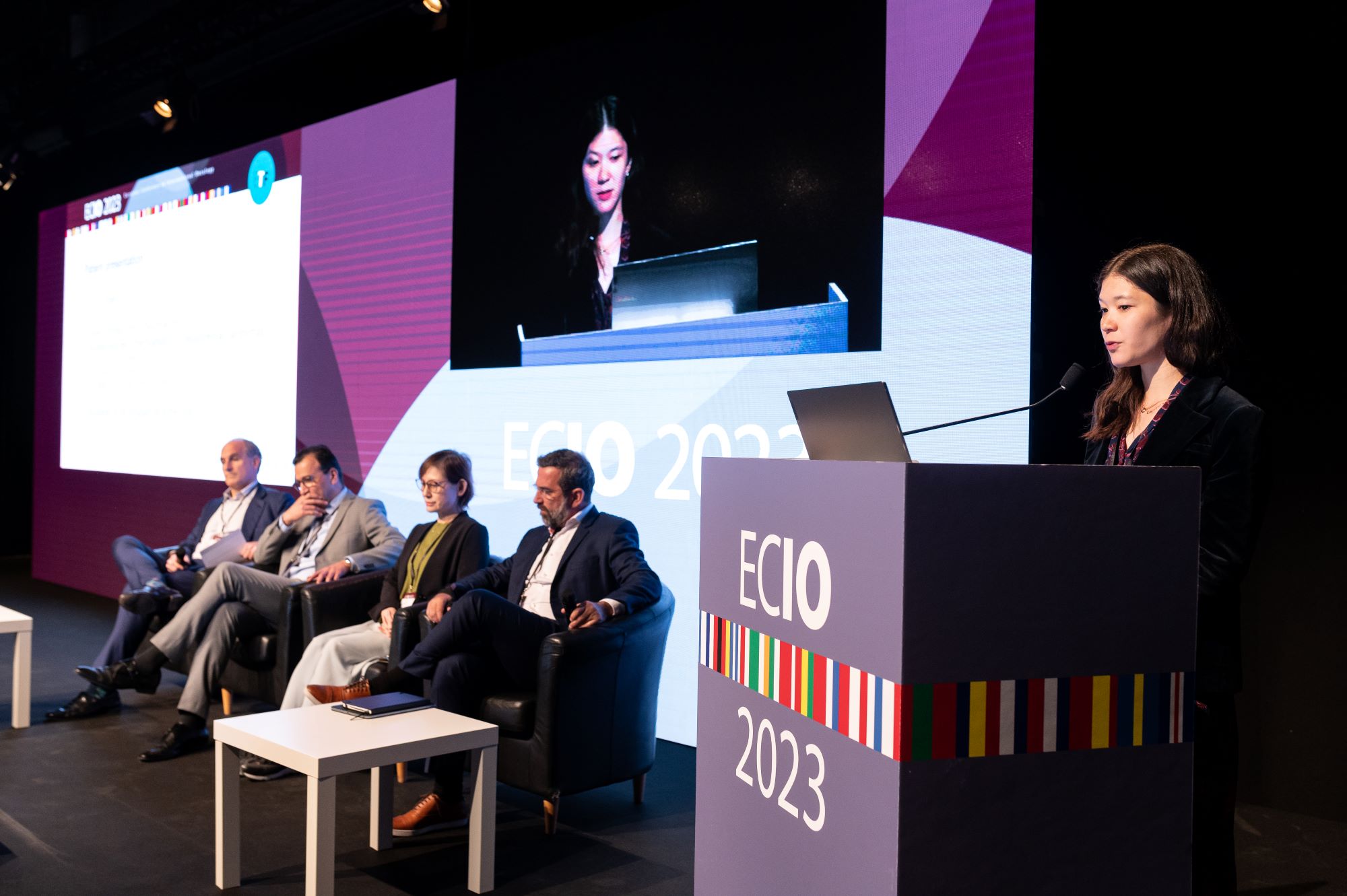CIRSE: As a woman in IR, have you faced different challanges to your male collegues? What is something you have seen improving in recent years?
Moschovaki-Zeiger: I am the only female doctor in the IR department. The main challenge for me has always been the feeling that I have to prove myself and seek recognition, despite never facing doubt of my capabilities from my male colleagues. Although they did not put pressure on me, I wanted to prove myself to them.
As for a recent change in Greece, more and more departments are increasingly offering individualized workload adjustments within the IR department during pregnancy. Changes like lighter tasks, or reassignment to less physically demanding and non-radiation duties, are typically arranged after a discussion with the department head.
Saccenti: The main challenge is the work-life balance. It is difficult to balance fellowships and/or traineeships (when one should be most active and dedicate most of their time to learning) with pregnancy, and these things often coincide for women in their 20s and 30s. Adapting a career is challenging. However, my department was supportive and helpful. In this sense, mentorship is especially important in helping build confidence.
In France, an IR can decide on their hours in agreement with their head of department, which is a good development. There is still a stigma about the exposure to radiation, but according to recent studies, the radiation levels are very low. The protective equipment (e.g., led shields, dosimeters) has been improved. However, producers should continue to work to additionally adjust the design of the led shields to female anatomy.
Conde Vasco: The only challenges I faced were around my pregnancy. During pregnancy, I avoided complex vascular interventions that require more time in the angiosuite, thus being exposed to higher levels of radiation. The biggest challenge was after returning from the maternity leave. I was scared that I would lose technical skills. The first month after the return was difficult, but I managed to build my confidence back quickly.
It was nice that my colleagues encouraged me to spend less time in the angiosuite and perform more consultations, diagnostic radiology, ultrasound- and CT-guided procedures, biopsies, etc, during this time.
Heymann: I have faced challenges in the past and I do face them still today. Being an IR can be exhausting because of a lot of pressure. Moreover, pregnancy is a huge challenge because of the general situation in the field and the workload at the hospital. However, Inês (Conde Vasco) and other women IRs are proof that everything is possible with a good time management.
In Switzerland, there are not enough IRs, so it is hard to find a hospital that accepts an IR for less than 80% of working hours. It’s complicated to have small children or babies and have to work minimum 10 hours per day and to be on call. Without a partner or family support, the kindergarten’s schedule doesn’t fit with ours.
A positive change is that according to CIRSE’s data, more female students are taking part in the CIRSE Student Programme, and in addition, more girls and women are encouraged to pursue a career in IR nowadays because of more female role models in the field.





